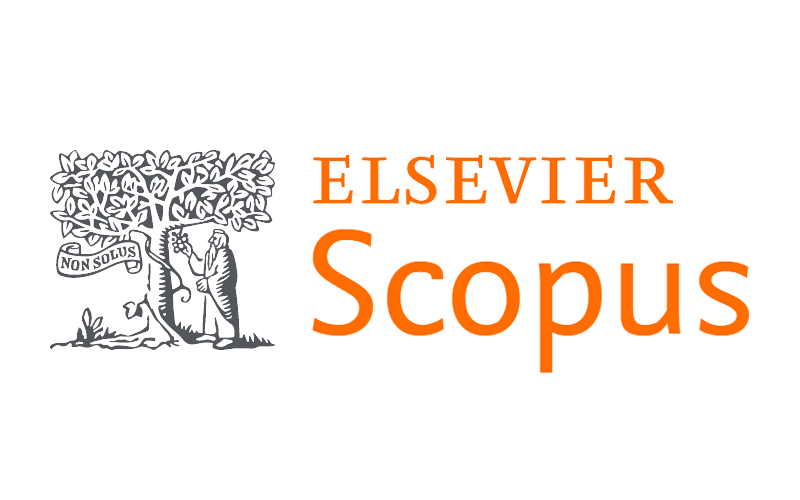Medicine and the Law
Fetal intervention (EXIT procedure) for a rare fetal abnormality in a public sector hospital in South Africa – exploring what is possible
DOI:
https://doi.org/10.7196/SAMJ.2022.v112i10.16471Keywords:
Fetal intervention, EXIT procedureAbstract
Congenital high airway obstruction syndrome (CHAOS) is a rare condition that can be diagnosed antenatally by ultrasound. It is usually lethal without immediate intervention at delivery. A 24-year-old woman was diagnosed with fetal CHAOS at 27 weeks’ gestation. The couple declined termination of pregnancy. A multidisciplinary team including obstetricians, geneticists, paediatric surgeons, neonatologists and anaesthetists was constituted to plan an ex utero intrapartum treatment (EXIT) procedure. After several simulations, a caesarean section was performed at 38 weeks’ gestation under deep inhalational anaesthesia. The fetus was fully delivered with placenta remaining in utero to maintain perfusion. A surgical airway was established via tracheostomy in approximately 5 minutes. The operation was then completed with no maternal complications. The child remains well at 3 years of age. To our knowledge, this is the first EXIT procedure performed for CHAOS in the public sector. This procedure can be lifesaving and is possible with proper planning.
References
Hedrick MH, Ferro MM, Filly RA, Flake AW, Harrison MR, Adzick NS. Congenital high airway obstruction syndrome (CHAOS): A potential for perinatal intervention. J Pediatr Surg 1994;29(2):271- 274. https://doi.org/10.1016/0022-3468(94)90331-x
Saadai P, Jelin EB, Nijagal A, et al. Long-term outcomes after fetal therapy for congenital high airway obstructive syndromse. J Pediatr Surg 2012;47(6):1095-1100. https://doi.org/10.1016/j. jpedsurg.2012.03.015
Nicolas CT, Lynch-Salamon ED, Bendel-Stenzal E, et al. Fetoscopically-assisted percutaneous decompression of the distal trachea and lung reverses fetal hydrops and fetal distress in a fetus with laryngeal atresia. Fetal Diagn Ther 2019;46(1):75-80. https://doi.org/10.1159/000500455
Catalano PJ, Urken ML, Alvarez M, et al. New approach to the management of airway obstruction in ‘high-risk’ neonates. Arch Otolaryngol Head Neck Surg 1992;108(3):306-309. https://doi.org/10.1001/ archotol.1992.01880030094019
Bouchard S, Johnson HP, Flake AW, Howell LJ, Myers LB, Adzick NS. The EXIT procedure: Experience and outcome in 31 cases. J Pediatr Surg 2002;37(3):418-426. https://doi.org/10.1053/jpsu.2002.30839
HiroseS,HarrisonMR.Theexuterointrapartum(EXIT)procedure.SeminNeonatol2003;8(3):207-214.
Shimabukuro F, Sakumoto K, Masamoto H, et al. A case of congenital high airway obstruction syndrome managed by ex utero intrapartum treatment: Case report and review of the literature. Am J Perinatol 2007;24(3):197-201. https://doi.org/10.1055/s-2007-972928
Crombleholme TM, Sylvester K, Flake AW, Adzick NS. Salvage of a fetus with congenital high airway obstruction syndrome by ex utero intrapartum (EXIT) procedure. Fetal Diagn Ther 2000;15(5):280- 282. https://doi.org/10.1159/000021022
Barthod G, Teissier T, Bellarbi N, et al. Fetal airway management on placental support: Limitations and ethical considerations in seven cases. J Obstet Gynaecol 2013;33:787-794. https://doi.org/10.31 09/01443615.2013.823924
Paek BW, Callen PW, Kitterman J, et al. Successful intervention for congenital high airway obstructions syndrome. Fetal Diagn Ther 2002;17(5):272-276. https://doi.org/10.1159/000063179
Yaneza MM, Cameron A, Clement WA, et al. An interventional airway delivery service for congenital high airway obstruction. J Laryngol Otol 2015:129(8):795-800. https://doi.org/10.1017/s0022215115000900
Elliott R, Vallera C, Heitmiller ES, et al. Ex utero intrapartum treatment procedure for management of high airway obstruction syndrome in a vertex/ breech twin gestation. Int J Pediatr Otorhinolaryngol 2012;77:439-442. https://doi.org/10.1016/j.ijporl.2012.11.023
Botto HA, Boailchuk ID, Garcia C, Decaro M, Aiello H, Copich J. Ex utero intrapartum treatment- management of neonatal congenital high airway obstruction syndrome: A case report. Arch Argent Pediatr 2010;108(4):e92-95. https://doi.org/10.1590/s0325-00752010000400013
Nolan HR, Gurria J, Peiro JL, et al. Congenital high airway obstruction syndrome (CHAOS): Natural history, prenatal management strategies, and outcomes at a single comprehensive fetal center. Neonat Fetal Cond 2019;54(6):1153-1158. https://doi.org/10.1016/j.jpedsurg.2019.02.034
Downloads
Published
Issue
Section
License

This work is licensed under a Creative Commons Attribution-NonCommercial 4.0 International License.
Licensing Information
The SAMJ is published under an Attribution-Non Commercial International Creative Commons Attribution (CC-BY-NC 4.0) License. Under this license, authors agree to make articles available to users, without permission or fees, for any lawful, non-commercial purpose. Users may read, copy, or re-use published content as long as the author and original place of publication are properly cited.
Exceptions to this license model is allowed for UKRI and research funded by organisations requiring that research be published open-access without embargo, under a CC-BY licence. As per the journals archiving policy, authors are permitted to self-archive the author-accepted manuscript (AAM) in a repository.
Publishing Rights
Authors grant the Publisher the exclusive right to publish, display, reproduce and/or distribute the Work in print and electronic format and in any medium known or hereafter developed, including for commercial use. The Author also agrees that the Publisher may retain in print or electronic format more than one copy of the Work for the purpose of preservation, security and back-up.





